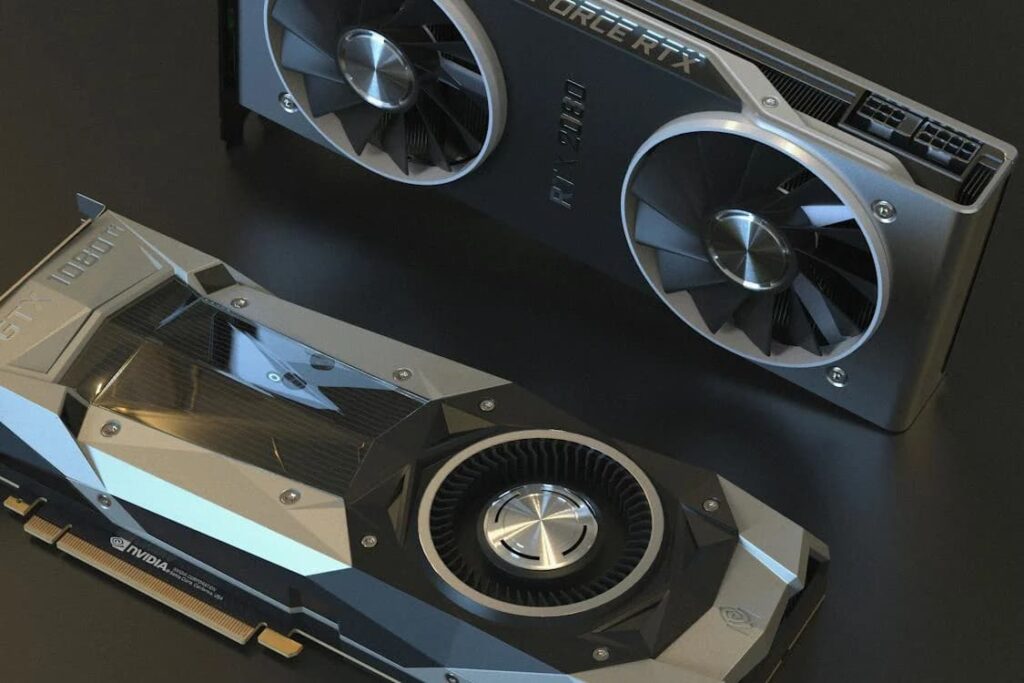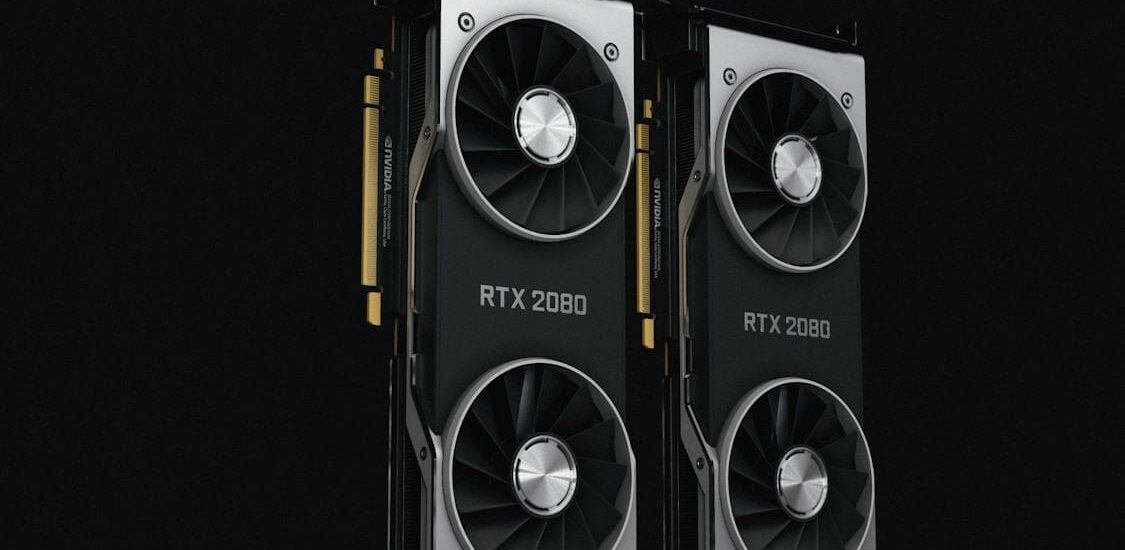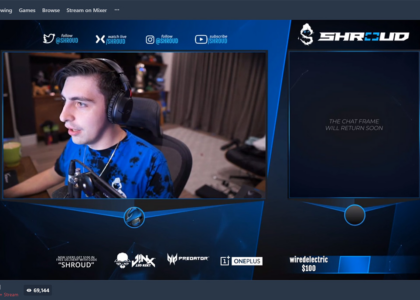Hey gamers! Are you on a quest to find the perfect video card for your gaming rig? It’s a crucial choice, as your gaming experience largely depends on it. Let’s navigate through this tech jungle together!
Understanding Video Card Basics
What is a Video Card?
A video card, also known as a graphics card, is the powerhouse of gaming visuals. It’s the component that renders images, videos, and animations in your games.
Importance in Gaming
In gaming, the video card is responsible for delivering the crisp, detailed visuals and smooth gameplay. It’s the difference between a laggy mess and a seamless experience.
Key Specifications to Consider
GPU Cores
More cores generally mean better performance. Look for a card with a high number of cores within your budget. Read more on Wikipedia.
Clock Speed
Clock speed determines how fast the GPU processes data. Higher speeds can translate to better performance.
If you want to play in a bookmaker’s office, then you may be interested surebets software. You can beat any bookmaker.
VRAM
Video RAM is crucial for storing image data. For gaming at 1080p, 4GB is a minimum, but 8GB or more is ideal for higher resolutions.
Bandwidth
Bandwidth affects the speed of data transfer between the GPU and VRAM. Higher bandwidth means better performance, especially at higher resolutions.
Compatibility with Your System
Power Supply Requirements
Ensure your power supply has enough wattage and the right connectors for your chosen video card.
Physical Size and Cooling
Check your case size to ensure the card fits. Also, consider the card’s cooling solutions to maintain optimal temperatures.

Performance for Different Types of Games
eSports vs. AAA Titles
eSports games generally require less graphical power than AAA titles. Choose a card that matches your most-played games’ requirements.
Resolution and Frame Rate Targets
Determine your desired resolution and frame rate. Higher resolutions and frame rates demand more powerful cards.
Balancing Price and Performance
Set a budget and find the best card that offers a balance between price and the performance you need.
Future-Proofing Your Investment
Consider getting a card with a bit more power than you currently need to stay ahead of game development trends.
Brand and Warranty Considerations
Look at different brands and read their warranty terms. Good customer support and warranty can be lifesavers.
Extra Features and Technologies
Ray Tracing and DLSS
Ray tracing offers realistic lighting, and DLSS (Deep Learning Super Sampling) improves performance. Consider cards supporting these technologies for future-ready gaming.
G-SYNC and FreeSync Compatibility
These technologies synchronize the display’s refresh rate with the GPU’s frame rate for smoother visuals. Check compatibility with your monitor.
User Reviews and Benchmarks
Read user reviews and watch benchmark tests to understand real-world performance.
Considering the Gaming Environment
Monitor Resolution and Gaming Style
When choosing a video card, consider your monitor’s resolution. Higher resolutions like 4K require more powerful GPUs to maintain smooth frame rates. Also, your gaming style matters. Competitive gamers might prioritize high frame rates, while casual gamers might prefer better graphics quality.
Noise and Power Consumption
Efficiency and Cooling
More powerful video cards often consume more power and generate more heat. Look for cards with efficient cooling solutions to minimize noise. Additionally, check the power efficiency as it impacts your electricity bill and the environment.
The Role of Software in Video Cards
Drivers and Software Optimization

The software that comes with video cards, like drivers and optimization tools, plays a critical role in performance. Regular driver updates can significantly improve game performance and compatibility.
Making the Choice
Aligning with Your Needs
In the end, the best video card for you aligns with your gaming needs, budget, and system compatibility. It’s a balance of power, price, and future-readiness. Don’t just chase the highest specs; choose what delivers the best gaming experience for you.
Conclusion
Choosing the right video card is about understanding your gaming needs and finding a card that meets them within your budget. With the right card, you’re set for an immersive and enjoyable gaming adventure!
FAQs
- How often should I upgrade my video card?
- It depends on your gaming needs and the pace of technology. Generally, every 3-4 years is adequate for most gamers.
- Can I use two video cards at once?
- Yes, technologies like SLI and CrossFire allow the use of multiple cards, but it’s not always cost-effective or supported by all games.
- Is cooling important for a video card?
- Absolutely! Proper cooling ensures better performance and longevity of your card.
- What’s the difference between reference and aftermarket cards?
- Reference cards are basic models released by GPU manufacturers, while aftermarket cards have custom designs, cooling, and possibly better performance.
- Should I consider VR capability when choosing a video card?
- If you’re interested in VR gaming, ensure the card meets the recommended specs for VR performance.






